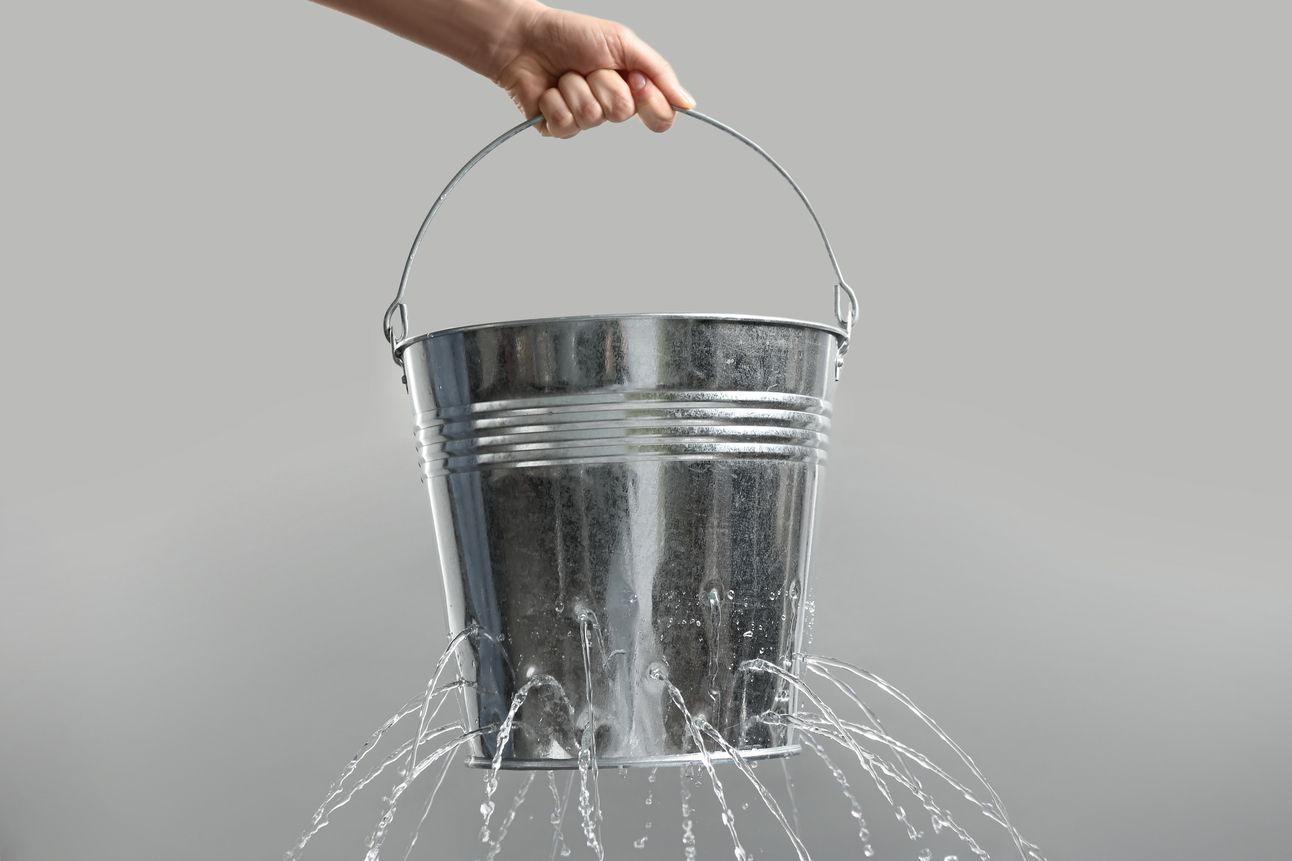Water utilities across the world face a hidden crisis—Non-Revenue Water (NRW). This is water that has been treated and distributed but is never billed due to leaks, theft, or inaccurate metering. Globally, NRW levels range from 25% to over 50% in some developing regions. In the UK, the average is around 20%, according to Ofwat. Reducing this invisible loss is one of the most cost-effective ways to improve water security—and in 2025, digital technology is making that possible.

With smart systems, data-driven insights, and real-time leak detection, utilities can now monitor their networks more accurately than ever before. The result? Less waste, lower operational costs, and a more sustainable water future.
What is Non-Revenue Water?
NRW can be split into three main categories:
Physical losses – Leaks and bursts in ageing or poorly maintained infrastructure.
Commercial losses – Theft, illegal connections, and faulty meters.
Apparent losses – Errors in data collection, accounting, or billing systems.
The cumulative effect of these issues not only represents a financial burden but also undermines the efficiency of the entire water system. Every drop of NRW is water that was pumped, treated, and transported—often using energy—only to be lost or unaccounted for.
Enter Digital Solutions
Traditional leak detection often relied on reactive measures—responding to customer complaints or visibly damaged infrastructure. However, with digital advancements in 2025, utilities can now adopt proactive and predictive strategies.
Key technologies include:
Acoustic leak detection sensors
Satellite-based remote sensing
Digital pressure and flow monitoring
AI-based analytics platforms
Smart water meters with two-way communication
These tools work in harmony to monitor water systems continuously, identify anomalies, and trigger alerts—often before any visible signs of a problem appear.
Case Study: Green Bay Water Utility’s Satellite Solution
An outstanding example of digital innovation comes from the Green Bay Water Utility in Wisconsin, USA. They partnered with ASTERRA, a company that uses satellite imagery and artificial intelligence to detect underground leaks.
By analysing radar signals that bounce off subsurface moisture, ASTERRA can identify potential leak locations without digging or deploying field staff. The data is then fed into a cloud-based dashboard that prioritises inspections.
This approach led to a 300% increase in leak detection rates compared to traditional methods, allowing Green Bay to fix issues faster and reduce both water loss and repair costs. While this technology was pioneered in the US, utilities in the UK are now exploring similar partnerships.
Smart Pressure and Flow Management
In the UK, utilities like Welsh Water and Thames Water have been investing in district metered areas (DMAs) equipped with digital pressure and flow sensors. These zones allow utilities to break down their networks into smaller, manageable sections for precise monitoring.
For instance, if one DMA shows a drop in pressure without a corresponding rise in demand, it may signal a hidden leak. AI algorithms can compare patterns across the network and even suggest the most likely locations—saving countless hours of manual inspections.
Welsh Water has reported a reduction in burst frequency and improved response times thanks to these digital monitoring systems.

Digital Twins and Predictive Maintenance
Digital twins—virtual replicas of physical water systems—are now being used to simulate leak scenarios and plan infrastructure upgrades. By modelling pressure, flow, and pipe conditions in real time, utilities can identify which sections of the network are most prone to failure and prioritise maintenance accordingly.
In a pilot project in Manchester, United Utilities used a digital twin to analyse the impact of seasonal demand shifts on pipe stress. The model correctly predicted two major leak zones, which were repaired before any significant loss occurred. It’s a clear demonstration of how data can drive smarter investment and risk management.
Customer-Facing Innovation
Digital solutions also empower customers to play a role in reducing NRW. Smart meters provide real-time usage data, allowing households to spot irregular consumption—often an indicator of internal leaks, such as a dripping tap or a running toilet.
In Sydney, Australia, a smart metering trial showed that giving customers access to their own usage data reduced average daily consumption by 6%. Several UK utilities have followed suit, integrating customer portals into their services with promising results.
Overcoming the Barriers
Despite the progress, there are still hurdles to overcome. Legacy infrastructure, high upfront costs, and data management challenges can slow digital adoption. Furthermore, utilities need skilled staff to interpret data and translate it into action.
However, as costs decrease and success stories multiply, the case for digital NRW management grows stronger. Ofwat’s regulatory frameworks increasingly encourage innovation, and government support for smart infrastructure is helping to accelerate deployment.
Conclusion: A Smarter Way to Save Water
In a world facing growing water scarcity and climate uncertainty, every litre counts. Non-Revenue Water isn’t just a technical issue—it’s a sustainability issue. By embracing digital tools and data-driven strategies, utilities can plug the leaks, both literally and figuratively.
The path ahead is clear: if we want a smarter water future, we must start by finding—and fixing—what we’re losing now.




